The X-S20 is the replacement for the X-S10, and comes with upgraded autofocus, advanced video and a larger battery. It is well priced, and one of the most interesting options on the APS-C market for those seeking an excellent quality/price ratio.
The X-T5 is more expensive, but also more tailored to photographers, with more megapixels, a more sophisticated body design, and a few extra features you won’t find on the other model.
Let’s see how these two cameras compare!
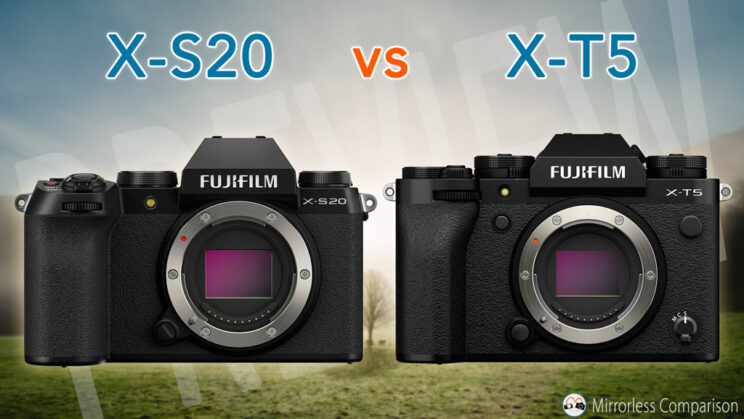
Additional Comparison articles:
X-S20 vs X-T5
Ethics statement: the following is based on official specs and my personal experience with Fujifilm cameras. We were not asked to write anything about these products, nor were we provided any compensation of any kind. Within the article, there are affiliate links. If you buy something after clicking one of these links, we will receive a small commission. To know more about our ethics, you can visit our full disclosure page. Thank you!
1. Design
The X-S20 is a bit smaller and lighter than the X-T5, but sports a larger front grip that makes the camera more comfortable to use with medium to large lenses. That’s said, be aware that only the T model is weather sealed.
- X-S20: 127.7 x 85.1 x 65.4 mm, 491g
- X-T5: 129.5 x 91 x 63.8 mm, 557g
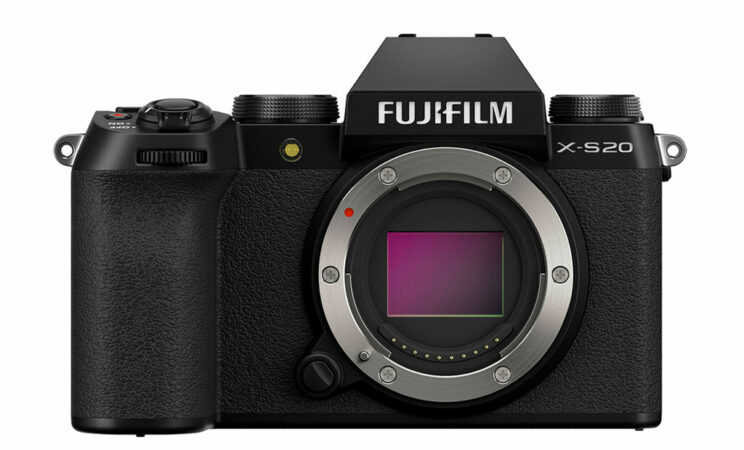

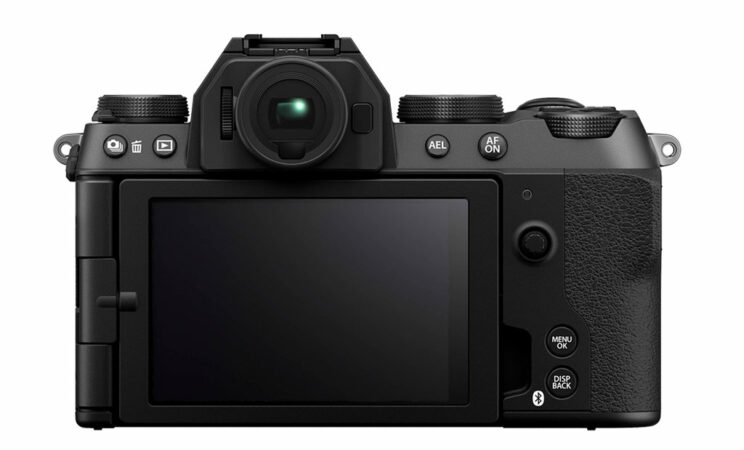
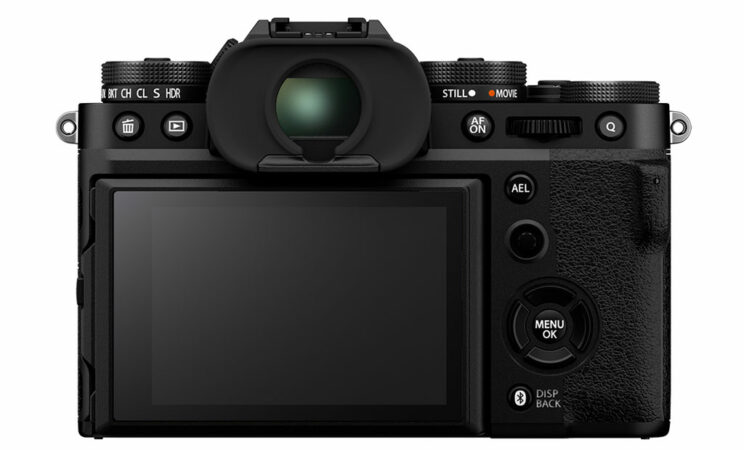
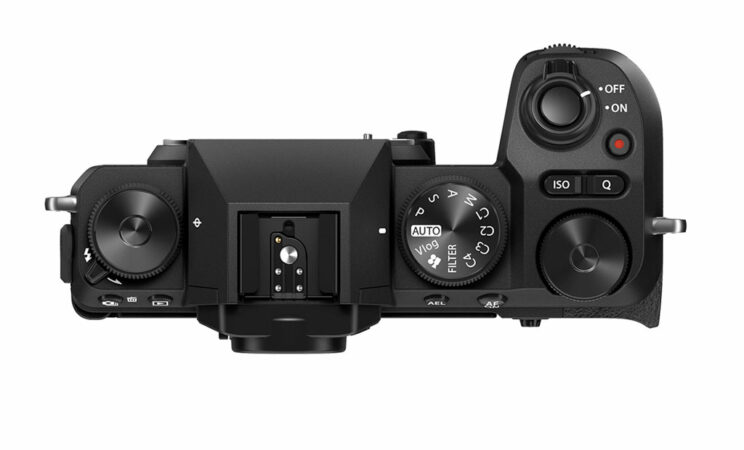
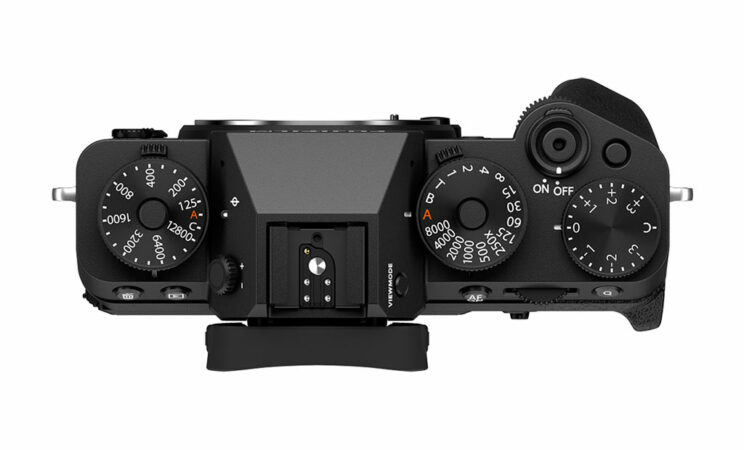
The X-T5 has more controls, including the focus selector on the front, a 4-way pad on the rear, a photo/video switch, and two command dials on the front and rear. It lacks a built-in flash however.
The X-S20 has the classic shooting mode dial on top that includes the Auto mode, something that is missing on the X-T5. (You can work in sort of program mode by putting the ISO, shutter speed and aperture dials to the A position).
Both offer three dials to control the exposure. Those of the S model are all black without markings and can be customised, whereas the X-T5 has the distinctive exposure dials reminiscent of old film cameras.
Finally, the X-T5 is available in black or silver.
2. Cards and Connections
The X-S20 has one SD card slot, with UHS-II support. The X-T5 has two slots for the same type of memory card.
As for the physical connectors, they both have:
- a micro HDMI output
- a microphone input (3.5mm)
- a 10Gbps USB C port
The X-S20 also has a 3.5mm headphone output, whereas the X-T5 comes with a USB to headphone adapter.
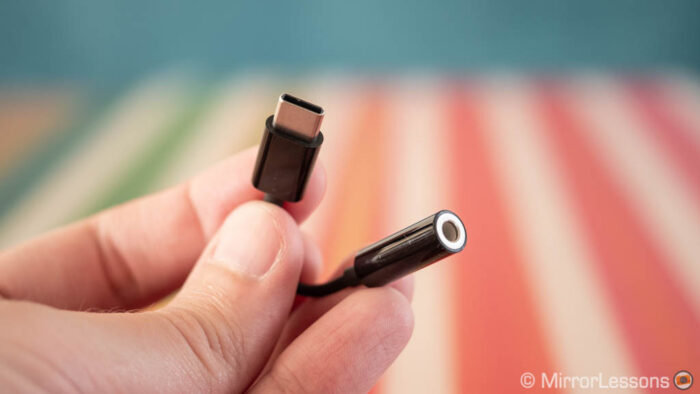
Finally, the T model has a flash sync socket, as well as a 2.5mm remote input.
3. Electronic Viewfinder
The X-T5 has a superior viewfinder: a larger panel, more resolution, longer eye point and more magnification. Only the frame rate is the same.
EVF
X-S20
X-T5
Panel
0.39-in OLED
0.5-in OLED
Resolution
2.36M dots
3.69M dots
Magnification
0.62x
0.8x
Eyepoint
17.5mm
24mm
Frame rate
100fps
100fps
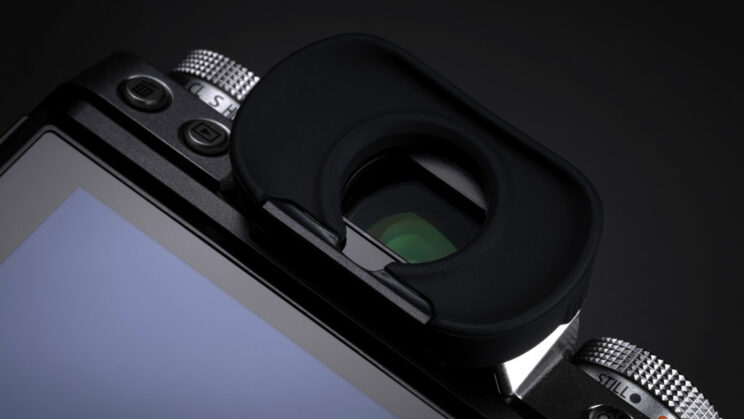
4. LCD Monitor
The X-S20 has a 3.0-in LCD screen with multi-angle orientation, as well as touch sensitivity. The resolution is excellent with 1.84M dots.
The X-T5 shares the same specs when it comes to the electronic panel, but has different mechanism for the articulation that works on three axes. The positive is that you can tilt it up and down without the need to have the screen opened to the side, but there is no possibility of a 180˚ orientation.
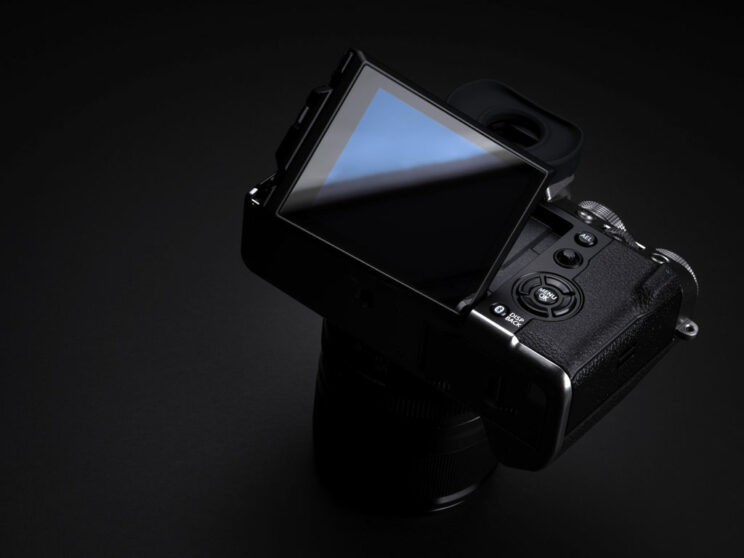
5. Image Sensor
The X-T5 features a 40.2MP BSI sensor with Fujifilm X-Trans pixel pattern. At the time of writing, it is the APS-C sensor with the highest number of pixels.
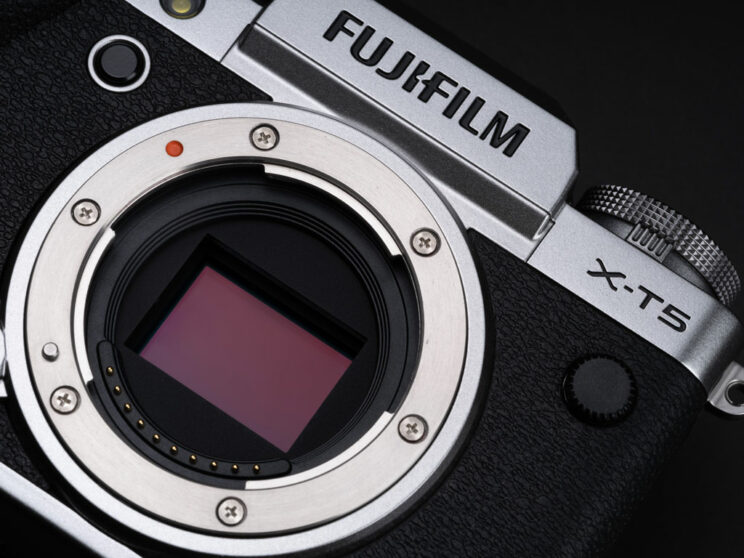
The X-S20 uses the 26.1MP BSI X-Trans sensor found on its predecessor, as well as many other Fuji cameras.
Both cameras are powered by the X-Processor 5 engine, the latest available.
The ISO range is slightly different concerning the base level, as you can see below.
Camera
Normal range
Extended range
X-S20
160 – 12,800
80 – 51,200
X-T5
125 – 12,800
64 – 51,200
6. Pixel Shift Multi-Shot Mode
Both cameras feature in-body stabilisation with a maximum compensation of 7 stops (CIPA). It works for stills and video, and with the latter you can also enable Digital IS.
The IBIS technology is also used by the X-T5 for an additional thing, Pixel Shift Multi-Shot. It captures 20 photos in a row, while moving the sensor by half a pixel between each frame. By combining the 20 shots in post (using Fuji’s Pixel Shift Combiner app), you get a final image of 160MP. Additionally, colour resolution also improves because each point in the photo has been captured by at least one red, green and blue pixel.
Note that this mode only works on a tripod, with no moving subjects.
7. Autofocus and Speed
Both cameras inherit the latest autofocus algorithm, which includes deep learning and a multitude of subject tracking capabilities: humans, animals, birds, cars, motorcycles, aeroplanes, drones and trains. The low light rating is also the same: -7EV at f/1.0.
The number of AF points is also the same (13×9, or 25×17) but, according to Fujifilm, the superior number of phase detection pixels on the T model should result in more accuracy and stability. We’ll have to see a real world comparison to confirm that.
The X-S20 has better continuous shooting speed, reaching 20fps with the electronic shutter, or even 30fps with a 1.25x sensor crop (16MP output).
The X-T5 tops out at 20fps with the electronic shutter and a 1.29x crop (24MP).
With the mechanical shutter, it is the X-T5 that is the fastest: 15fps vs 8fps.
As for the buffer capacity, the X-S20 does better thanks to the lower resolution of the image files.
Buffer
X-S20
X-T5
10fps
1000+ JPG
341 RAW
1000+ JPG
56 RAW
15fps
–
119 JPG
39 RAW
20fps
256 JPG
79 RAW
168 JPG
72 RAW
30fps
407 JPG
88 RAW
–
One last interesting thing to point out is the shutter speed: the X-T5 can reach an absurd 1/180,000s with the electronic shutter. The X-S20 stops at 1/32,000s. Note that with the mechanical shutter, the T model is also faster: 1/8,000s vs 1/4,000s.
8. Video
Despite the X-S20 being a lower end model than the X-T5, it features advanced video features. More precisely, the two cameras can record:
- 6.2K video up to 30p
- 4K up to 60p
- 10-bit 4:2:2 internally
- HLG, F-Log and F-Log gamma curves
- 12-Bit RAW externally via the HDMI port and an optional recorder
With that said, there are a few important differences.
Concerning 6.2K, the X-S20 records in open gate mode (full width and height of the sensor), which means a 3:2 aspect ratio rather than the classic 16:9.
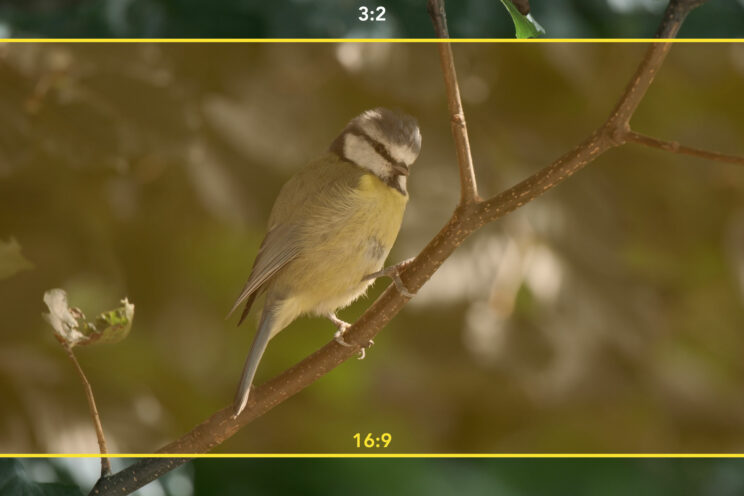
The X-T5 records that resolution (16:9 only) with a 1.23x crop.
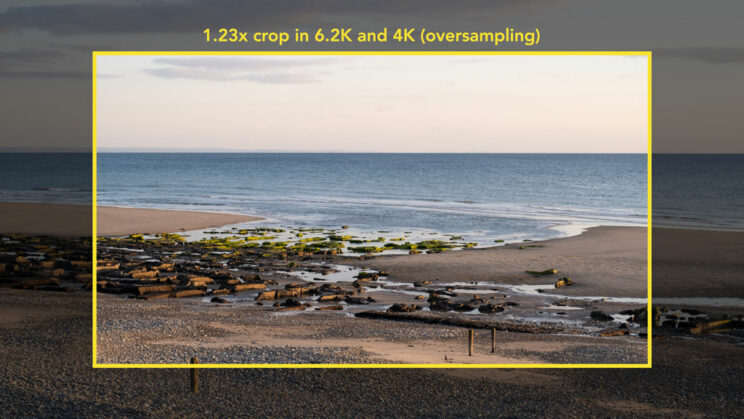
In 4K, the X-T5 crops the sensor slighlty (1.14x) at 50/60p, but records with the line-skipping method, which means lower quality. In 4K 30p, you can choose no crop (line-skipping once again) or the 1.23x crop to get better quality (oversampling). The X-S20 records 4K 30p with the full width of the sensor, and 4K 50/60p with a smaller 1.18x crop.
In Full HD, they both reach 60p with the normal mode, or 240p with the High Speed Recording option (1.23x crop on the X-T5, 1.29x crop on the X-S20).
Here is a recap of the most important video specs.
X-S20
X-T5
6.2K 30p
3:2 Open Gate
16:9
1.23x crop
4K 60p
1.18x crop
(oversampling)
1.14x crop
(line-skipping)
4K 30p
no crop
(oversampling)
no crop
(line-skipping)
1.23x crop
(oversampling)
Bit depth (int.)
10-bit 4:2:2
10-bit 4:2:2
HDMI
12-bit RAW
12-bit RAW
Gamma
HLG
F-Log
F-Log2
HLG
F-Log
F-Log2
Neither has the 30 minute / clip limitation, another positive aspect.
The X-S20 has an additional feature called Product Priority: it automatically changes the focus distance when you showcase a product in front of the camera.
9. Battery Life
Both cameras use the same NP-W235 battery, which is the most capable in the Fujifilm X-series. But the battery life per charge, at least according to the official CIPA rating, is better on the X-S20.
The S model can save 750 files in Normal Performance mode, versus 580 frames for the X-T5.
In video mode however, the T model has the edge: 130 minutes of 6.2K video versus 120 min for the X-S20 (continuous battery life rating).
Both cameras can be charged, or powered via USB, but neither has an optional battery grip.
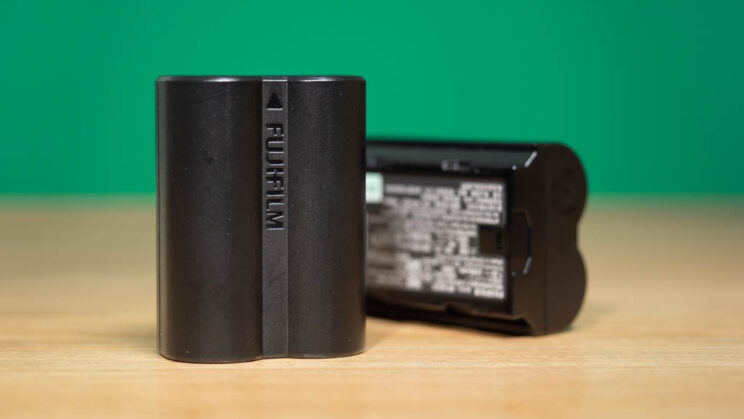
10. Price
The X-S20 is less expensive, starting with the official retail price of $1300, £1250 or €1400 for the body only.
The X-T5 is available at $1700, £1700 or €1850.
Prices reflect late May 2023, when this article was first published.
Additional Comparison articles:
X-S20 vs X-T5
First Thoughts
After a few attempts with previous cameras (X-T4 in particular), Fujifilm has gone back to the roots of the X-T series, giving the fifth generation model more focus on photographers rather than trying to be the perfect photo/video hybrid. Sure, the movie capabilities are good, but it is a camera designed for those who take pictures first. It has a fine set of qualities, from the 40MP sensor to the refined controls, build quality and pro-like features.
The X-S20 is a nice blend of high quality photos and video, put together at a competitive price. It can satisfy the amateur who wants to step up to a more complete camera, the travel video maker who wants something compact and lightweight, as well as the more experienced photographer/videographer looking for a B cam. It may not carry the same high quality design of the X-T5, but the larger grip and dedicated headphone output are details that won’t go unnoticed in real world use.
Ultimately, the price gap will settle the debate for most, but it’s nice to see that X-S20 users won’t have to give up much in terms of quality or performance. They are simply two different products, designed for different users.
Reminder: the links below are affiliate links. If you decided to buy something after clicking the link, we will receive a small commission.
Check price of the Fujifilm X-S20 on
B&H Photo
Check price of the Fujifilm X-T5 on
Amazon | Amazon UK | B&H Photo | eBay
